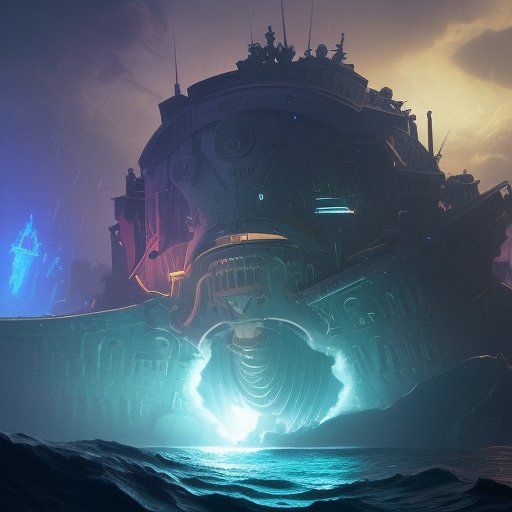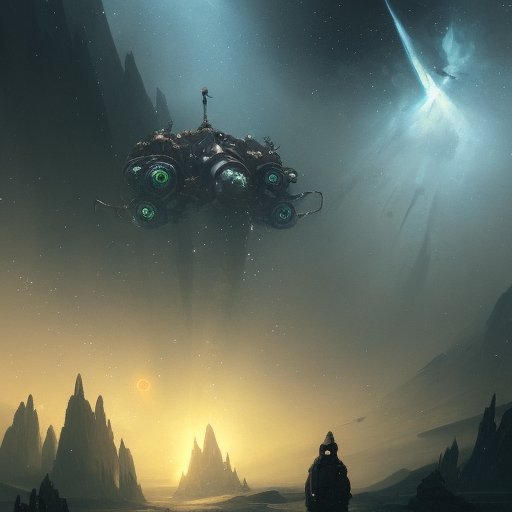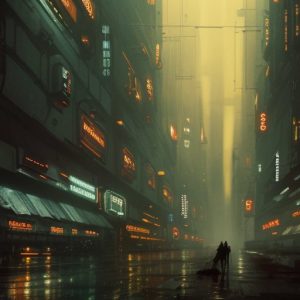
In this article, we explore how the iconic 1982 sci-fi film Blade Runner would have been different had the creators been able to predict the rise of consumerism in America. We examine how consumerism could have altered the plot, characters, setting, technology, and even the dialogue of the movie. We look at how consumerism could have changed the way the characters interacted with one another, the way they interacted with their environment, and the way they used technology. We also analyze how consumerism would have affected the dialogue between the characters and how it would have changed the way the movie ended. Finally, we discuss the implications for our own future if consumerism continues to grow and shape the way we interact with the world around us.
I. Introduction
Ahh, Blade Runner. That classic sci-fi movie from the 80s that took us far beyond the limits of our imagination. But what if we could have predicted the effects of consumerism at the time? How would the movie have been different? In this article, we’ll explore how consumerism could have changed the plot, characters, setting, technology, and dialogue of the movie Blade Runner.
The movie, set in a dystopian Los Angeles of the year 2019, was a pioneering work of science fiction. It explored the ideas of artificial intelligence, memory implants, and the idea of humans as commodities. But what if the creators of the movie had predicted the rise of consumerism in America? Would the movie have been the same? Let’s explore how Blade Runner might have been different if consumerism had been taken into account.
II. Overview of the Original Film
Blade Runner, the sci-fi classic set in a dystopian Los Angeles of 2019, tells the story of a detective, Rick Deckard, tasked with hunting down and eliminating a group of rogue replicants. Replicants, synthetic humans created for labor, were outlawed on Earth and any found were eliminated. Deckard was a Blade Runner, a special police officer tasked with hunting down and eliminating these replicants.

The movie follows Deckard as he is forced to confront his own humanity and answer the question of what it means to be alive. The film also explores themes of memory, identity, and the meaning of life. The movie is unique in its ambitious scale and its exploration of difficult philosophical themes. It is a groundbreaking piece of science fiction that has influenced countless other works.
The setting of the movie is a dark, gritty, and broken-down Los Angeles of the future. It is a world filled with technology and consumerism, but at the same time, a world of poverty and suffering. The movie explores the relationship between humans and technology, as well as the implications of a consumerist society. The movie also features an iconic soundtrack which adds to the atmosphere.
The characters in the movie are complex and multi-faceted. From the gruff and world-weary Deckard to Roy Batty, the leader of the replicants, the characters are all deeply human and flawed. The movie examines the relationship between the characters and their world, as well as their inner turmoil.
III. How Consumerism Could Have Changed the Plot
The effects of consumerism on the plot of Blade Runner could have been tremendous. Without the constraints of consumerism, the movie could have gone in any direction. Instead of the focus being on the struggle between the Replicants and their creator, the movie could have focused on the struggle between the Replicants and the corporations that controlled them.
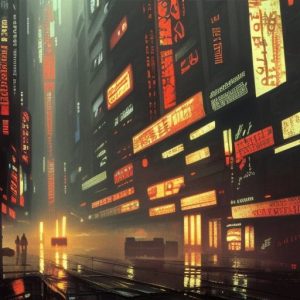
The Replicants could have been seen as commodities, bought and sold by corporate interests in order to increase profits. They could have been portrayed as tools of the corporate world, used as expendable labor in dangerous and unnatural conditions. This could have shifted the focus of the movie from the moral implications of creating artificial life to the moral implications of exploiting it.
The relationship between the Replicants and their creator could have been completely changed. Instead of a moral struggle between creator and creation, it could have been a battle between creator and consumer. The creator could have been seen as a villain, taking advantage of the Replicants for his own gain. This would have led to a much darker and more complex story, as the Replicants would have had to grapple with their own morality and the morality of their creator.
Consumerism could also have led to a more action-packed story. Corporations could have hired mercenaries to hunt down Replicants that had escaped their control, leading to shoot-outs and car chases between Replicants and their pursuers. This could have provided a much more action-oriented story, as opposed to the slower, more contemplative pace of the original.
In short, consumerism could have changed the plot of Blade Runner in a variety of ways. It could have shifted the focus from morality to exploitation, changed the relationship between creator and creation, and provided a more action-packed story. All of these changes would have had a profound effect on the movie, making it a very different experience.
IV. How Consumerism Could Have Affected the Characters
The characters of Blade Runner would have been drastically changed if consumerism had been taken into account. The character of Deckard, the film’s hero, would have been portrayed much differently. Instead of a former blade runner and bounty hunter, he could have been a corporate executive, living in a luxurious apartment, driving a fancy car and wearing the latest fashions. He would still have been a rebel at heart, but he would have been much more connected to the world of consumerism than the original version of the character.
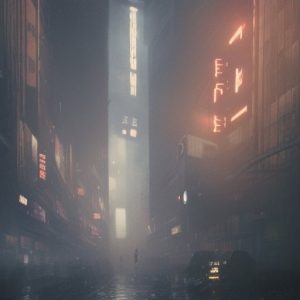
The character of Roy Batty, the film’s antagonist, could have been a corporate executive as well, instead of a renegade replicant. He would have had a much more complex relationship with Deckard, as they would have been adversaries in the corporate world instead of enemies in the physical world.
The other characters in the movie would have likely been changed too. Rachael, for example, could have been a corporate lawyer instead of a replicant. Tyrell could have been a corporate CEO instead of the creator of replicants. And Bryant, the police captain, could have been a corporate security director instead of a police captain.
The effects of consumerism would have been felt in many of the characters’ relationships as well. Deckard and Rachael could have been rivals in the corporate world instead of a struggling couple in the physical world. Roy Batty and Tyrell’s relationship could have been more symbiotic, with Roy seeking corporate power and Tyrell seeking to exploit Roy’s talents.
V. How Consumerism Could Have Affected the Setting
The setting of Blade Runner was a dystopian Los Angeles of the year 2019. This world was bleak and uninviting, with towering buildings, smog-filled skies, and a general sense of despair. But what if the creators of the movie had predicted the rise of consumerism in America? How would this futuristic landscape have been different?

Consumerism would have likely had an enormous effect on the setting of Blade Runner. We would have seen a much more crowded cityscape, with more cars and people filling the streets. The towering buildings would likely have been plastered with advertisements, and the air filled with the sound of commerce. The smog would have been replaced with a bustling, vibrant atmosphere.
The world of Blade Runner could have been filled with more technology, too. We would have seen more robots and artificial intelligence, as well as a greater reliance on computers and gadgets. We also might have seen an increased focus on entertainment, with virtual reality and other immersive experiences.
We would have also seen a greater emphasis on luxury and comfort. We would have seen more fancy restaurants and luxury apartments, as well as high-end stores and shopping centers. This would have created a much more affluent atmosphere than the one we saw in the original film.
Finally, the world of Blade Runner could have been filled with more color, light, and energy. We would have seen more neon signs, bright colors, and flashy lights. This would have created a more upbeat atmosphere than the one we saw in the original film.
VI. How Consumerism Could Have Affected the Technology
The technology of the movie was already far beyond our current level of understanding. We saw memory implants, artificial intelligence, and robots that were nearly indistinguishable from humans. But if consumerism had been taken into account, the technology of the movie could have been very different.
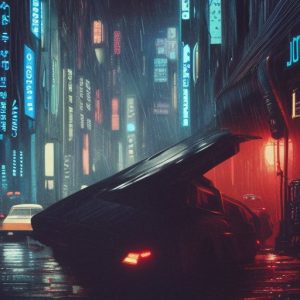
First of all, the memory implants would have been much more advanced. Instead of just being able to store memories, they would have been able to store advertisements. Imagine if you could view a commercial for a new product every time you accessed your memories.
The artificial intelligence would have been more consumer-oriented as well. Instead of just being used for data processing, they would have been used for sales and marketing. They could have even been used to create personalized advertisements for each individual consumer.
The robots would have been different too. Instead of being designed to look and act like humans, they would have been designed to look and act like consumer products. They would have been designed to look flashy and appealing, and they would have been programmed to advertise the products they were promoting.
VII. How Consumerism Could Have Affected the Dialogue
The dialogue of the movie would have been greatly changed if consumerism had been taken into account. Instead of a focus on technology, the conversation would have shifted to the importance of money and the pursuit of wealth. The dialogue would focus on the idea of buying and selling, and the hustle and bustle of the marketplace. Characters would talk about the latest trends, the most fashionable clothes, and the latest gadgets.
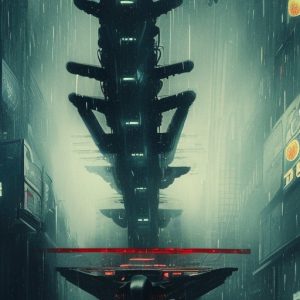
The conversations between humans and replicants would have been much less philosophical and more concerned with the practicalities of life. Replicants would be more likely to ask questions related to money, such as how they can make money and how they can buy things they want. They might even ask questions about how to start businesses and make investments.
The conversations between Deckard and his colleagues would also be different. They would be focused more on the importance of money and the pursuit of wealth, instead of the morality of replicants and the implications of artificial intelligence.
VIII. Conclusion
In the end, it’s clear that if the creators of Blade Runner had predicted the rise of consumerism, the movie would have been quite different. The plot, characters, setting, technology, and dialogue would have all been drastically altered to reflect the changing times. Blade Runner was ahead of its time, but if the creators had predicted the rise of consumerism, it could have been even more revolutionary. The possibilities are truly endless.




